
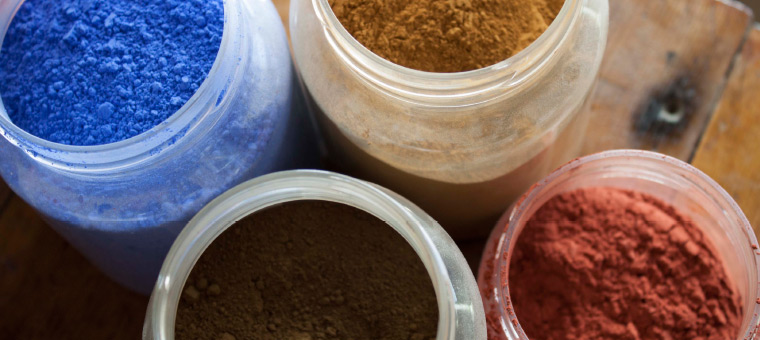
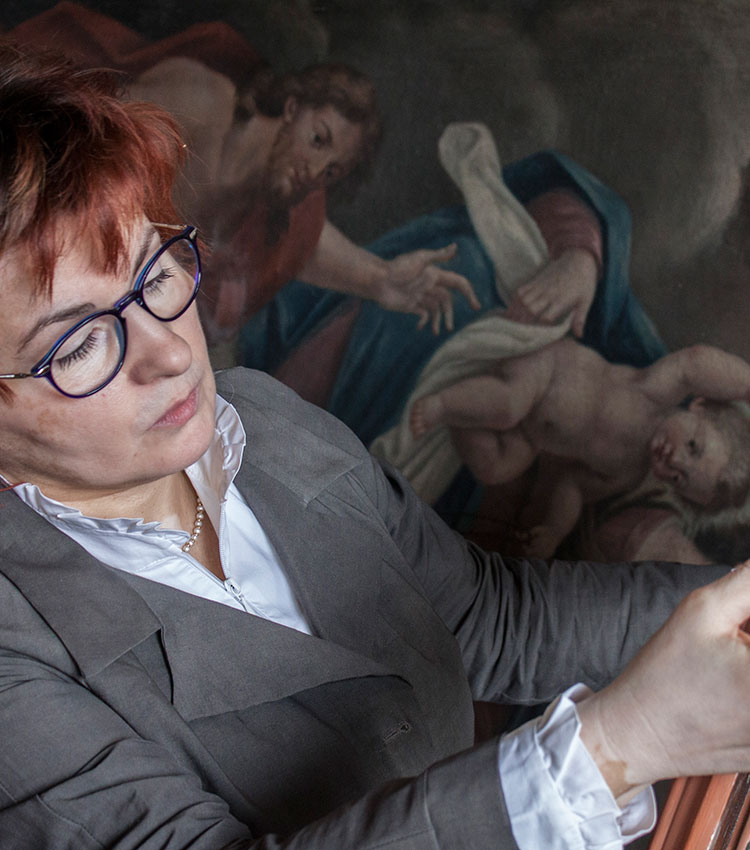
Oriana Capitani
Oriana Capitani has over 20 years of experience in restoration; experience that led her to design exclusive, stylish and refined frames entirely handmade and with skilful accuracy. Starting from the design and from the choice of antique woods they testify and respect the demand of the time following ancient techniques and the use of the materials of the past.They recreate, with meticulous precision but with the exaltation of the imprecision, the forms of ornament, the attention to details and shades of ancient gilding. Therefore these artistic frames are the result of a handcrafted career on ancient handiworks which strengthened in the artist her sensibility to the aesthetic taste and the awareness that the ancient techniques make the artistic frames objects of permanent value, always perfect and with an elegant taste of past ages.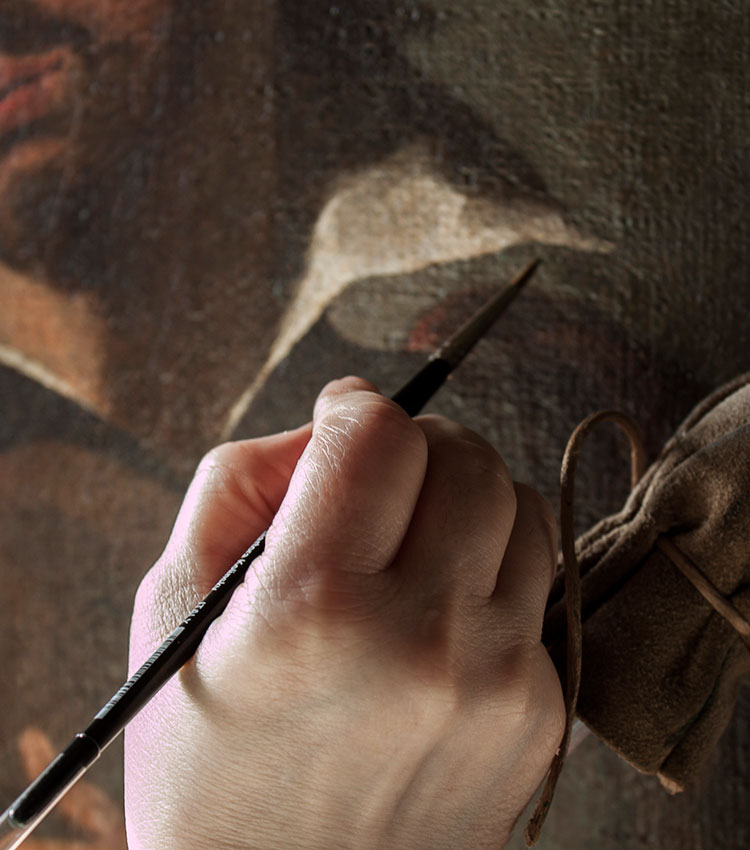
Restoration
The studio “Officina Capitani” works in various restoration fields, for Monuments and Fine Arts Office, Museums, Religious Institutions, Town Halls and for private collectors. They give Capitani’s workshop important paintings that need careful and complex preservation and restoration works. “Officina Capitani” uses chemical products that are not dangerous for the work of art and not toxic for the restorer, it documents all the restoration phases by digital photos, carries out tessellation and antiwoodworm treatments. Moreover it does the conservative restoration of paintings on canvas and on wood, cleaning, aesthetic restoration through colour selection, the gold effect colour selection, the chromatic abstraction and the camouflage, the consolidation of wall painting plasters.
Artistic Frames
“Officina Capitani” has regained this philosophy doing frames by hand using antique wood that shows and respects the course of the time. Carefully selected and finely carved, every single piece becomes a real and unique work of art. The final result are the “artistic frames” that fit any place, even modern, to indicate class and style or to enhance a contemporary painting.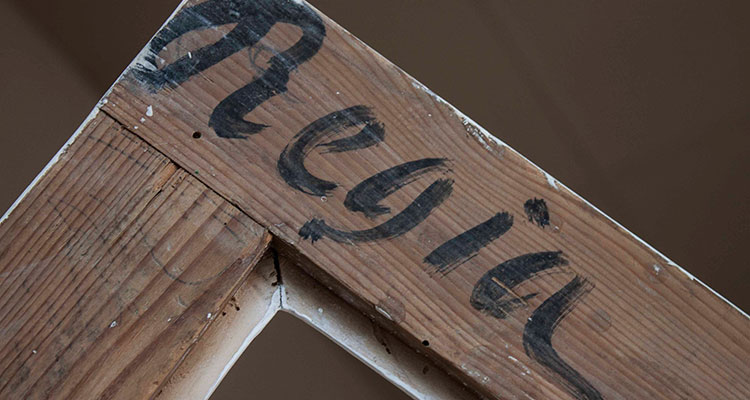
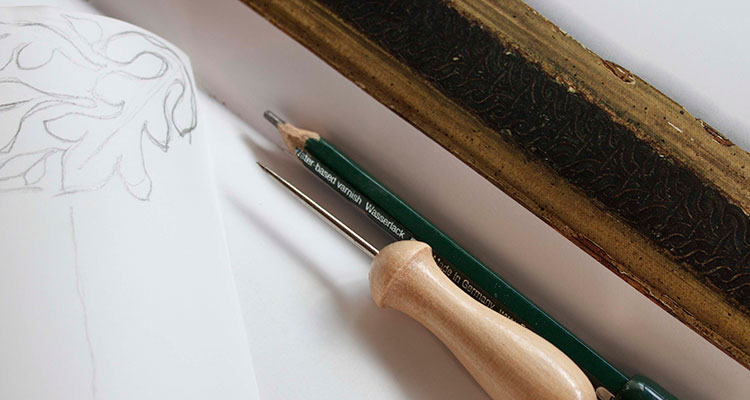
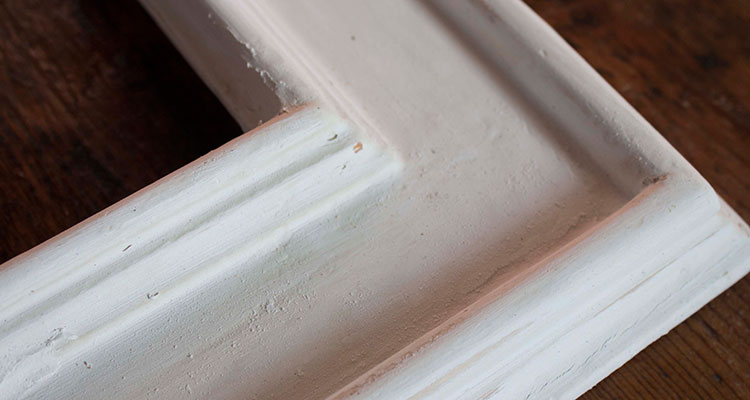
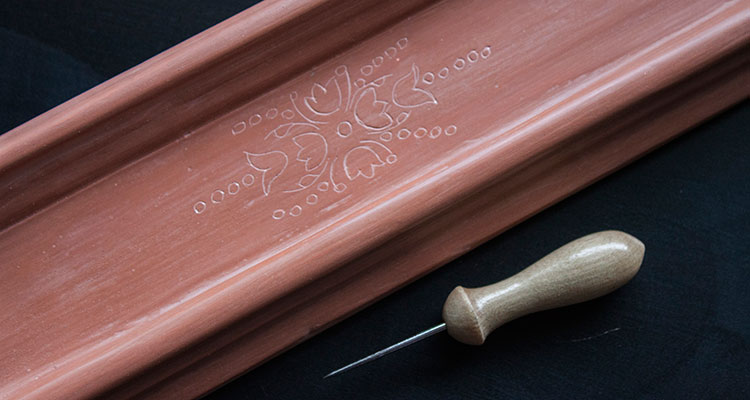
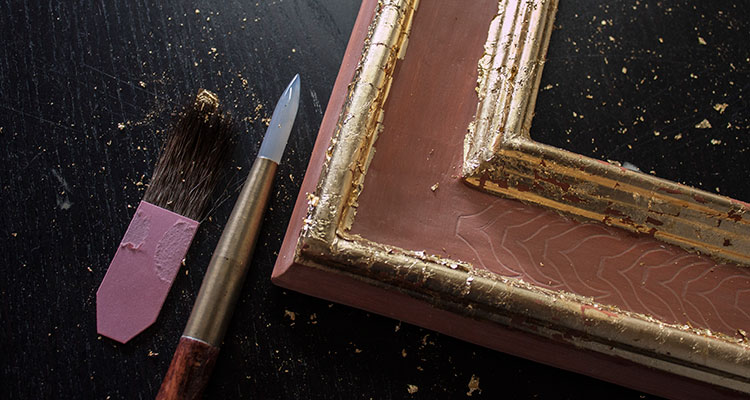
The Frame
The frame has got the task of enclosing the space depicted in the painting: a boundary toward the outside and the inside of the painting. The real function of the frame is felt exactly with its absence. In the past the frame was the outcome of the work of a lot of experts who created a work of art capable of containing another one. The frame is not a part that completes the painting, but it is an independent artcraft.Download Catalogue









